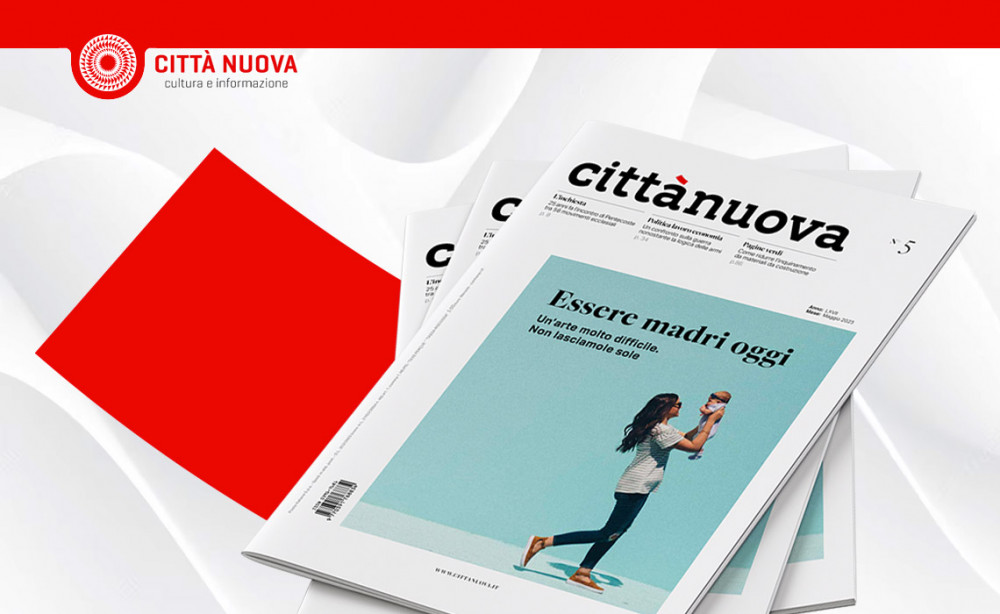By Luigino Bruni
Published on Città Nuova n.22/2009
When we go to visit a friend after an accident, we ask, "How are you?", and they many answer, "My leg is getting better, my rib still hurts, the swelling hasn´t gone down, but my arm is all right". This is the condition of the economy, which is trying to recover from a (serious) accident. Overall, there are three parts of the "body" that were damaged by the September 2008 fall: financial structure, production and employment. The reason that the data on the crisis and the comeback are contrasting is that today we´re talking about the leg, yesterday about the rib and tomorrow about the swelling.
Metaphor aside, we can say that the serious financial crisis is over. Today, it is no longer possible for the system to fall (at least in the near future). Real production is starting up again, and within a few months it is likely that we´ll return to a positive GDP. Instead, what won´t heal is the world of work. I believe that, globally, we won´t go back to pre-crisis levels of employment. Why? Above all, crisis are always moments in which partially obsolete industrial assets are destroyed and new ones are created - they´re moments of "creative destruction". Besides, with the entry of new players into the market, the industrially mature sectors in the Northern hemisphere will necessarily have to restructure.
Some estimates say that the traditional economy will take up not more than 2/3 of the work force in the next few years. What can we do? There´s an answer that´s received little attention so far: giving potential to and developing the capacity and the productive vocation of civil society, the so-called civil economy. What´s necessary, then, is that a larger portion of civil society and families not "look" for work in large businesses or those that the state has "created", as according to the pre-2008 model. What is needed is that civil society is always more capable of creating work for itself, and not only in services that provide care but also in sectors with extra high value, and it needs to be done in sinergy with traditional businesses and the institutions.
Then, we need to move beyond the idea of social economy, or non-profit, as a sector financed mostly by public contributions. This model cannot be sustainable if it is true that the state mainly obtains wealth by taxing traditional businesses (which will always be fewer). Therefore, it´s urgent that civil economy acts with innovative capacity, private wealth and be able to itself produce added value.







